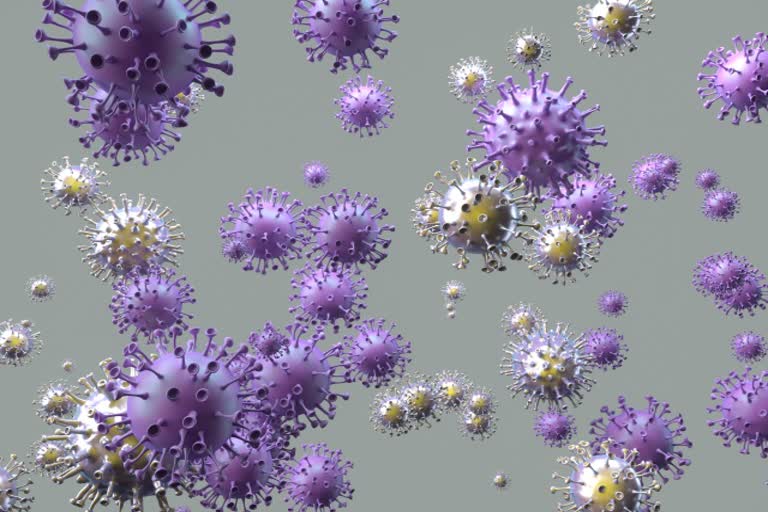People have become quite laid back after their vaccination, believing that they are 100% safe from getting infected by the coronavirus. But, did you know that despite being fully vaccinated, there are still chances of infection and it is referred to as ‘Breakthrough Infection”? So, what exactly is a breakthrough infection, who is more at risk, and how severe it can be, let us read about it.
What Is A Breakthrough Infection?
A breakthrough infection usually happens 14 days after getting fully vaccinated (after both the vaccine doses). This is possible because experts say that no vaccine is 100% effective.
- The polio vaccine developed by Dr. Jonas Salk was 80-90% effective and the one for measles was 94% effective.
- Pfizer and Moderna vaccines for COVID-19 have proved to be 94-95% effective
Hence, even after full vaccination, contracting the virus is still possible. The word breakthrough means that the virus broke through the protective barrier the vaccine provides.
How Likely Are You To Get Infected?
People having breakthrough infections usually present common or mild symptoms. However, despite the maximum protection (not 100%) provided by both the doses of the vaccines, experts advise to stay cautious and continue to follow all the protective measures, since the Delta variant is spreading rapidly.
According to a study in America, done between 15th December 2020 and 31st March 2021, out of 2,58,716 people who got both the shots of Pfizer or Moderna vaccines, only 410 had a breakthrough infection, which is 0.16% of the total. Similarly, in a New York study between 1st February and 20th April, it was found that out of the 1,26,367 fully vaccinated people, only 86 people suffered from breakthrough infection, equal to 0.07% of the fully vaccinated population.
If infected, you may not necessarily have symptoms. A person infected post full vaccination can be asymptomatic as well. About 27% of the breakthrough cases reported to Centres for Disease Control and Prevention (CDC) were asymptomatic. Only 10% were hospitalized and 2% were deceased.
What Can Cause The Infection?
As the COVID-19 cases have begun to rise again after easing restrictions, here are some of the causes it may be happening:
- Public gatherings in restaurants, festivals, and parties allow the infection to spread easily among many.
- 'Breakthrough Infections' are more likely to occur in health and sanitation personnel serving COVID patients.
- People with chronic diseases such as Hypertension, Diabetes, Cancer, and that of the heart, kidney, and lungs are also more likely to contract the disease.
- According to a study published in the Transplantation journal, in the people who have undergone organ transplant, although the rate of infection, as a study mentioned, was low, just 0.83%, it’s still 82 times higher than in the general vaccinated public—and the rate of serious illness was 485 times higher, the team reports today in Transplantation. This study provides the first clinical evidence across multiple hospitals that transplant recipients are less protected by the vaccine, says Dorry Segev, a transplant surgeon with Johns Hopkins University.
Did conditions deteriorate further with Delta?
Scientists have actually developed vaccines to prevent SARS-CoV-2 virus strains. However, even the newly emerging variants can be effectively prevented with the available vaccines. Especially keeping the condition under control and preventing hospitalization.
According to Public Health England, two doses of the mRNA vaccines were only 79% effective at preventing symptomatic disease with Delta, compared with 89% effective in the case of the earlier alpha variant. A single dose was only 35% protective against delta.
Israel has reported that full vaccination with the Pfizer vaccine might be only 39%-40.5% effective at preventing delta variant infections of any severity, down from early estimates of 90%. However, the vaccine is still highly effective at protecting against hospitalization (88%) and severe illness (91.4%) caused by the now-dominant delta variant.
Also Read:Eyes May Signal 'Long COVID': Study
